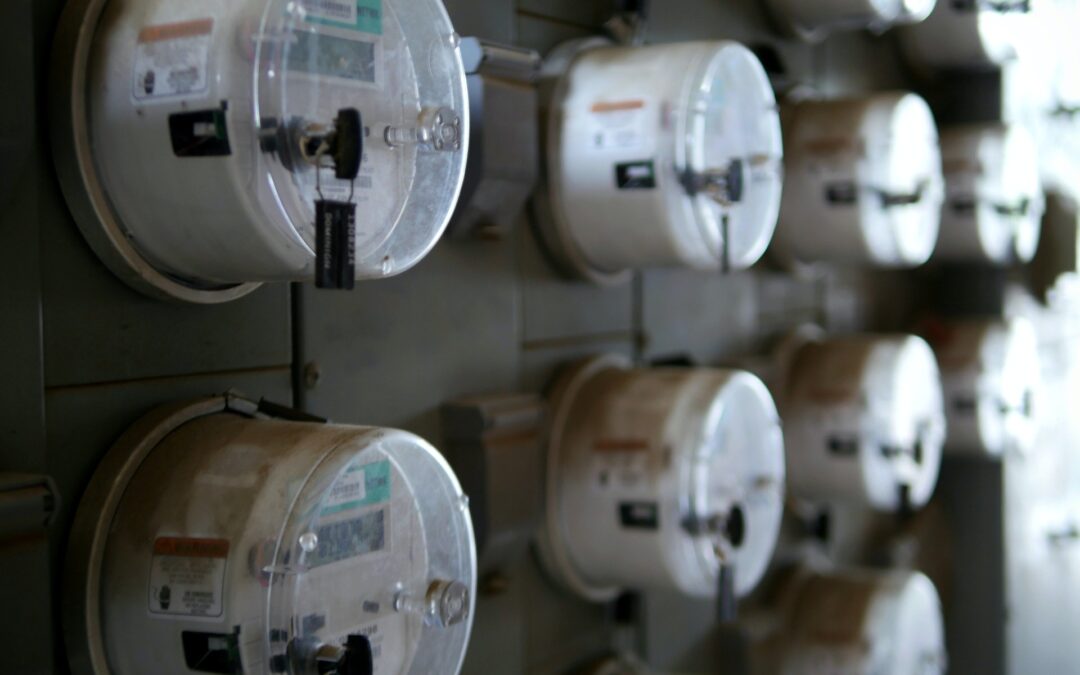On November 10, the California Public Utilities Commission issued a much-revised version of its 2021 proposal to slash dramatically the price that homeowners would get for exporting excess solar to the grid. The CPUC has moderated what many considered a very harsh decision and extended some olive branches to the solar industry to mitigate the pain.
It was clear that, given the extraordinary back blast the 2021 proposed decision created, the CPUC was going to find some way to backpedal and find grounds for compromise. However, this battle is far from over. The new proposed decision (PD) has been out for comment, and the CPUC won’t issue a final decision until December 15 (or possibly defer that action into 2023). But more importantly, the new PD comes across as a temporary truce in the war, not a final solution. The harsher impacts have been postponed, but they will still happen. The price paid for surplus power will still eventually drop by about 75%, not just to those that install systems after April 2023.
In the meantime, the compromises in the PD will give people more incentives to install solar now rather than wait, and to add storage to new or existing systems. If there is a silver lining to the decision, this temporary boost to those who install solar and storage is it. If you are in this category, move quickly. These parts of the PD are not likely to be changed before final adoption.
Detailed explanations of the decision are available from a number of sources. Try these to get a more complete idea as to what is going on: An article from Solar.com, an article in PV Magazine, an article from Renewable Energy World, a brief analysis by consultants at Scott Madden, a summary from Canary Media, and a thoughtful explanation from my former colleague Ahmad Faruqui on why he has moderated his opposition to NEM.
NEM bore the seeds of its own destruction right from the start. Economists were very clear that it overpaid homeowners for surplus production (the amount paid was far more than the costs the utility avoided by taking the surplus generation) and the payment would be subsidized by all ratepayers that didn’t install solar. But when it started, it seemed like the subsidy was small and pushing solar made the utilities look good. It was introduced in Massachusetts in 1979 to support two demonstrations and then became law in Minnesota in 1983. San Diego Gas and Electric became the pioneer in California and in 1996 by law all regulated utilities were required to offer it. Originally, capped at some tiny percentage of all of a utility’s load, the caps were increased. Now 43 states have some form of NEM, and most of them are facing the same warfare as is happening here as the aggregate subsidy to those installing rooftop solar became significant.
This is not a political problem. Fundamentally, if EVERYONE installed solar and got paid at current prices for their surpluses, it would bankrupt the utilities. Regulators will not let that happen, nor will state legislatures. The economics of the current version of NEM are upside down and that cannot stand. The question is how to design an acceptable transition that minimizes the impact to those concerned. Be alert to the subtleties of this off ramp (probably different in each state that has NEM) and redesign your offerings accordingly.

ABOUT THE AUTHOR
Gary Simon is the Chair of CleanStart’s Board. A seasoned energy executive and entrepreneur with 45 years of experience in business, government, and non-profits.
CleanStart Sponsors
Weintraub | Tobin, BlueTech Valley, Revrnt, River City Bank
Moss Adams, PowerSoft.biz, Greenberg Traurig, California Mobility Center


